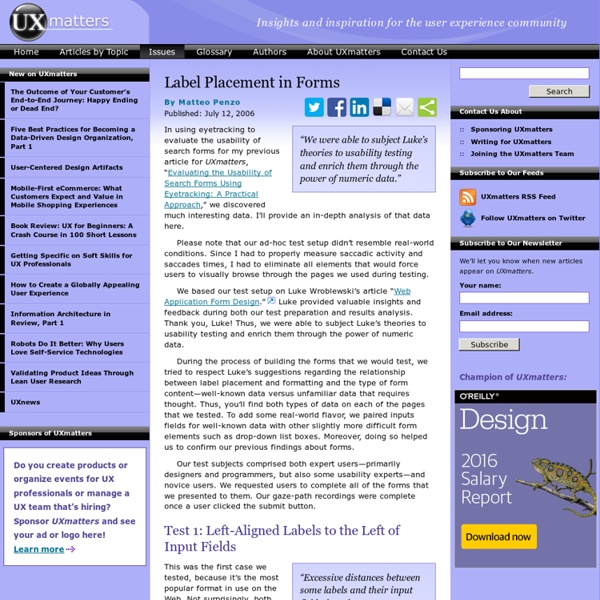The Art of Color Coordination
Colors affect us in countless ways—mentally and physically, consciously and subconsciously. Psychologists have suggested that color impression can account for 60% of the acceptance or rejection of a product or service. Good color choices should never be neglected in web design. A bad color combination can have the same negative effect as poor copy and slow load times. In this infographic, we will briefly discuss color coordination and how you can use this to your advantage when designing your site. Special thanks to @speckyboy, @smashingmag and @onextrapixel.
Medieval Castle Layout: A Typical Castle Layout, Explaining Different Areas and Buildings
The Medieval Castle Layout of Farleigh Hungerford Castle So let's look at the layout of an excellent example of a Medieval castle - Farleigh Hungerford castle, in Somerset, UK. Farleigh Hungerford has many traditional features of Medieval castles. Although it's not a totally perfect example (I struggled to find the 'perfect' one!)
Password strength verification with jQuery
Many sites that require login credentials enforce a security setting often referred to as password complexity requirements. These requirements ensure that user passwords are sufficiently strong and cannot be easily broken. What constitutes a strong password?
Sabotage manual from 1944 advises acting like an average 2008 manager
David "Everything is Miscellaneous" Weinberger sez, "Here's a PDF of a 1944 'Simple Sabotage Field Manual' from the US Strategic Services, explaining how to train people to sabotage their workplace. Full of useful suggestions, from the practical to the, um, less so (e.g., bring a bag of mo[n]ths into a theater showing propaganda films). It also recommends doing things through channels, making speeches, and referring matters to committee as techniques of sabotage (cf. page 28).
31 Extremely Impressive Web Icon Sets for Free
31 Extremely Impressive Web Icon Sets for Free 13,185 views In Freebies by Sheila Mahusay Sep 28th, 2011 2 Comments Icons are one of the fundamental components of Graphical User Interface (GUI). In web applications, icons serve as an intuitive representation of hypertext links and quick navigation from a web page to another. Creating icons can be very protracted since certain design specifications are to be considered such as its color, shape, design, size and scalability. So, why squander much of your time creating them when you can avail free high quality icons in just a few clicks.
Blood Fever
DISCLAIMER: Don't own 'em; no copyright infringement intended; it's all just for fun. ARCHIVING: Only with the permission of the author. Blood FeverBy Jankyn Prologue B'Elanna Torres ran her fingertips lightly over the four long, narrow bumps arching across her brow.
5 Former Design Trends That Aren’t Cool Anymore (So Stop Using Them)
If you’re like me, looking at your own design work from a few years ago can often result in some laughable or even cringe-worthy moments. Design styles have been steadily evolving and most of us can’t help but be affected by these changes. Who among us hasn’t piled on the cheesy Photoshop layer effects, all the while thinking the result was downright awesome?
Hypnotic gifs animate traditional Japanese joinery techniques
Timber joints slot together in these Tetris-like gifs – the work of a young Japanese man so obsessed by joinery techniques he set up a Twitter account dedicated to the cause. Named The Joinery, the account bills itself as the complete 3D guide to Japanese joinery styles. Its creator has a day job in the car industry but is an avid collector of woodwork books. Finding the complex instructions hard to visualise, he set about creating a set of gifs that illustrate the different ways that pieces of wood can be bonded together – without the use of glue, nails or screws.
New Approaches To Designing Log-In Forms - Smashing Magazine
Advertisement For many of us, logging into websites is a part of our daily routine. In fact, we probably do it so often that we’ve stopped having to think about how it’s done… that is, until something goes wrong: we forget our password, our user name, the email address we signed up with, how we signed up, or even if we ever signed up at all.
Gender differences and bias in open source: Pull request acceptance of women versus men [PeerJ Preprints]
This revision addresses community feedback, specifically and most substantially: (1) controlling covariates using propensity score matching, (2) providing an interpretation of whether the differences are meaningful,
Why Rounded Corners are Easier on the Eyes
by anthony on 08/17/11 at 10:17 pm Designers use rounded corners so much today that they’re more of an industry standard than a design trend. They’re not only found on software user interfaces, but hardware product designs as well.


